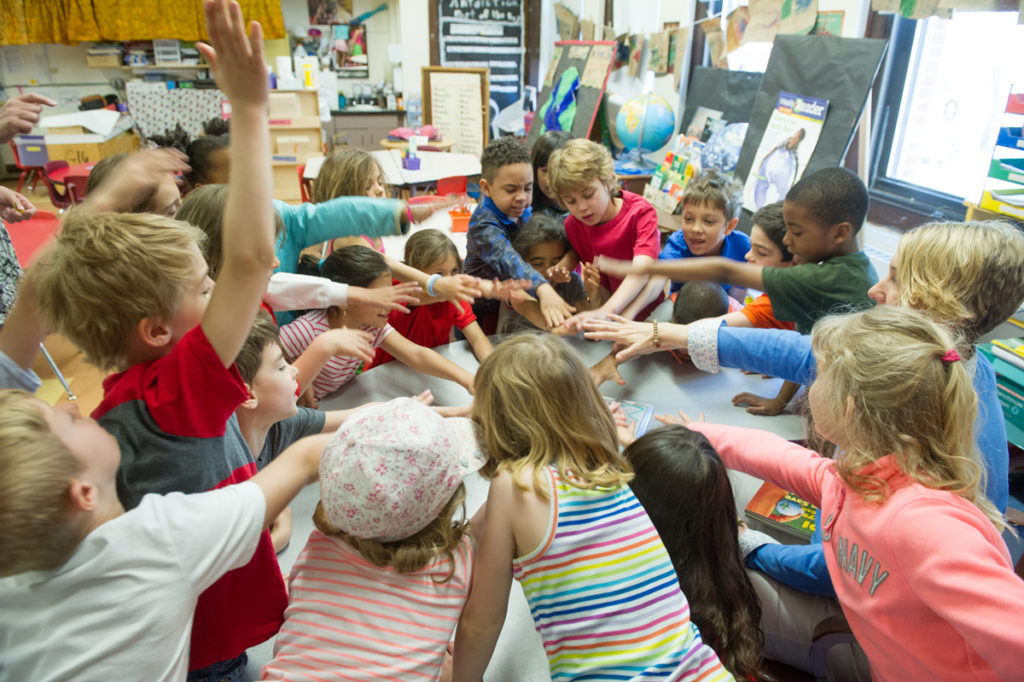
As the school year draws to a close, educators have a unique opportunity to create lasting positive memories for their students. The end of the year is not just about wrapping up lessons and final assessments—it’s also a time for reflection, celebration, and meaningful goodbyes. Here are three creative and heartfelt ways to help students process their experiences, honor their growth, and transition smoothly into the next chapter of their education.
A few years ago I decided to make sure my class would have time for saying goodbye on the last day of school. To help them prepare, the night before I gave them “thinking homework,” asking them to reflect on what they remembered about the school year and to be ready to share their memories with the class.
Near the end of the next day, I shut the door and posted a “Do Not Disturb” sign on it so we wouldn’t be interrupted. People knew what we were doing must be important—it was the first time during the whole year that I’d closed the classroom door!
For about thirty minutes, we shared our “I remembers,” and I jotted down what the children said, everything from “learning to read” to “singing on stage at the holiday concert.” We hugged, laughed, and cried. Before the children left for the day I gave them copies of everyone’s “I remembers” to take home. I have done this every year since. It has become a cherished way to end the year on a positive note.
At the end of last year, we introduced a schoolwide summer reading program that was met with great enthusiasm from students and their families. To launch the initiative, we held an all-school gathering where I emphasized the importance of maintaining reading and writing habits over the summer. Each student received a grade-level-appropriate set of materials, including a notebook, weekly writing prompts, and recommended reading guidelines. To further encourage participation, we sent letters home explaining the program’s purpose and the vital role families play in fostering a love for reading.
As part of the initiative, we invited families to read a selected book, available in both English and Spanish, ensuring accessibility for all. We provided a copy of the book to each family through the Reading Is Fundamental program. The program not only motivated students to stay engaged with reading and writing but also strengthened our school community by fostering a culture of lifelong learning and shared literary experiences.
About six weeks before the end of school, the class would start working on their end-of-the-year self-assessments. This was a multi-step process that culminated in each child’s producing a packet of writing and supporting materials that highlighted important things he or she had learned, was proud of, and wanted to achieve in the coming year.
We began our reflection as a group by reviewing the 160 or so News and Announcements charts from our daily Morning Meetings. We spread our printed charts out on the basketball court so that students could walk around with their clipboards, examine key moments from the year, and recall their experiences. They’d say things like, “Hey, remember when we learned about sharks?” and “That was cool when we went to the nature center!” Our digital charts we projected onto the classroom screen, scrolling through highlights while students took notes on moments they wanted to include in their individual self-assessments. This combination of physical and digital review helped bring the year’s learning to life in a meaningful and accessible way.
Seen all together, the charts told the story of our year and helped the children appreciate how much they’d accomplished, together and individually.
Arlene Flye, Dick Spindler-Virgin, and Andy Dousis contributed to this article.